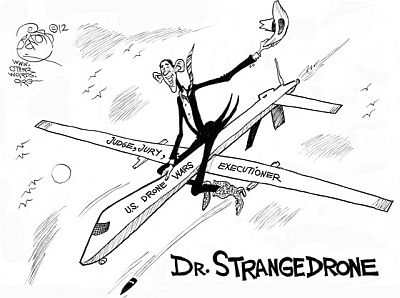“Sorrowfully, government officials are locked into a denial mindset that disassociates any relationship and connection between increased levels of risks to officials and the sanctioned killings approved by their governments.” – Sartre
 The ongoing failures of the Secret Service to provide proper protection for the President have political careerists in a tizzy. Scares that harm could come to the commander-in-chief, also worries the press. Ordinary citizens on principle, accept that the White House should be secure grounds. Rotating blame usually means that the buck does not stop on the oval office desk. Indeed, who could expect any President to be responsible for their own safety? Surely, policy decisions made as a government could not possibly have any bearing on the lunatics that harbor ill will towards our fearless leaders.
The ongoing failures of the Secret Service to provide proper protection for the President have political careerists in a tizzy. Scares that harm could come to the commander-in-chief, also worries the press. Ordinary citizens on principle, accept that the White House should be secure grounds. Rotating blame usually means that the buck does not stop on the oval office desk. Indeed, who could expect any President to be responsible for their own safety? Surely, policy decisions made as a government could not possibly have any bearing on the lunatics that harbor ill will towards our fearless leaders.
Refreshing your memory, Abraham Lincoln, James Garfield, William McKinley and John F. Kennedy got whacked. Andrew Jackson, Theodore Roosevelt, Franklin Roosevelt, Harry Truman, Gerald Ford and Ronald Reagan were targets of serious assassination attempts.
With all the Secret Service trial and tribulations experienced in the last years, the popular assessment is that the Praetorian Guard bodyguards have become a dysfunctional band of self-indulgent thrill seekers.
How much money is enough to spend on Presidential security? Some like ousted Secret Service Director Julia Pierson presumably would say a price tag cannot be placed on keeping the leader alive and safe from assassination. Though, Pierson failed to provide fresh start for Secret Service that administration wanted, proves that the culture of political privilege deems their importance to be most costly. Continue reading
